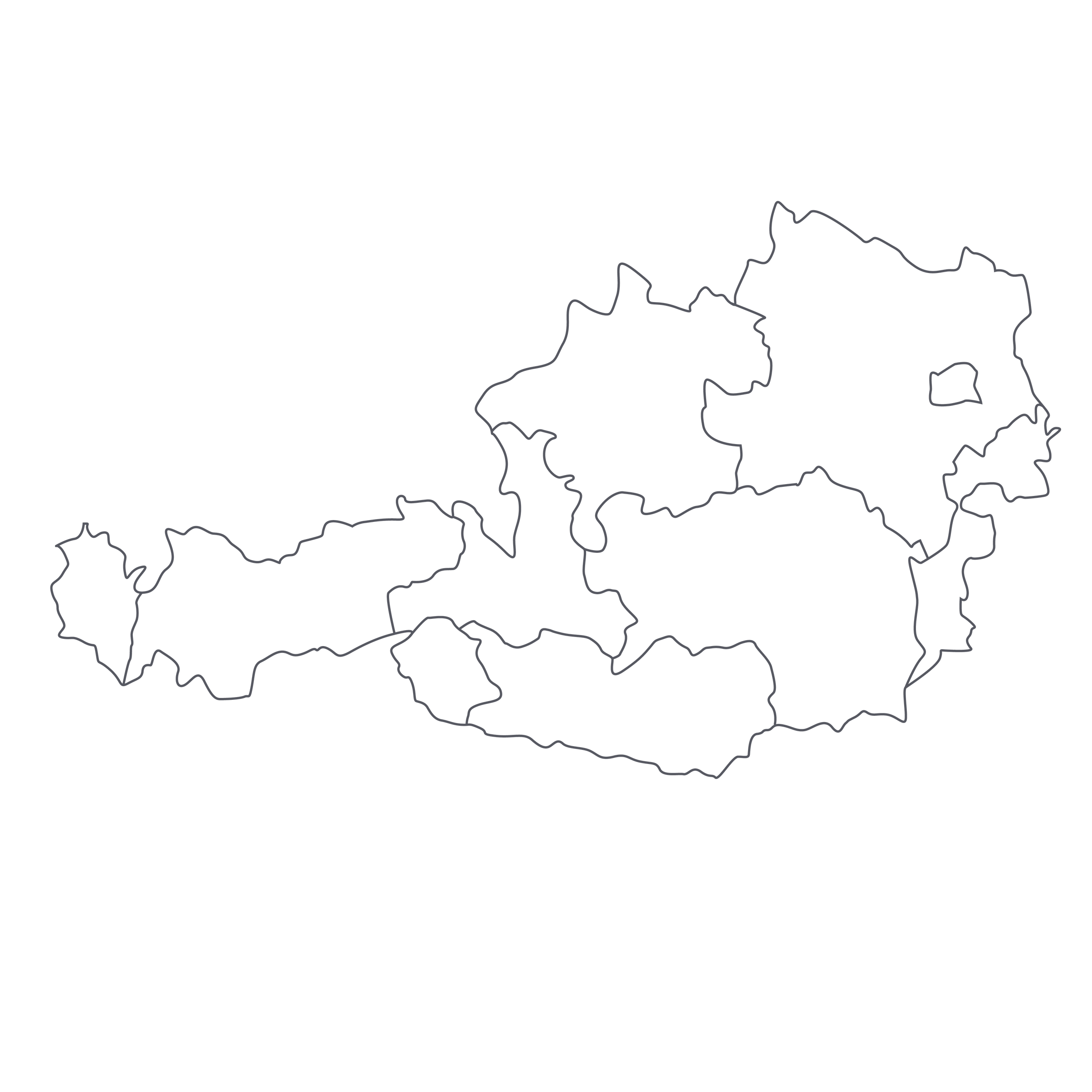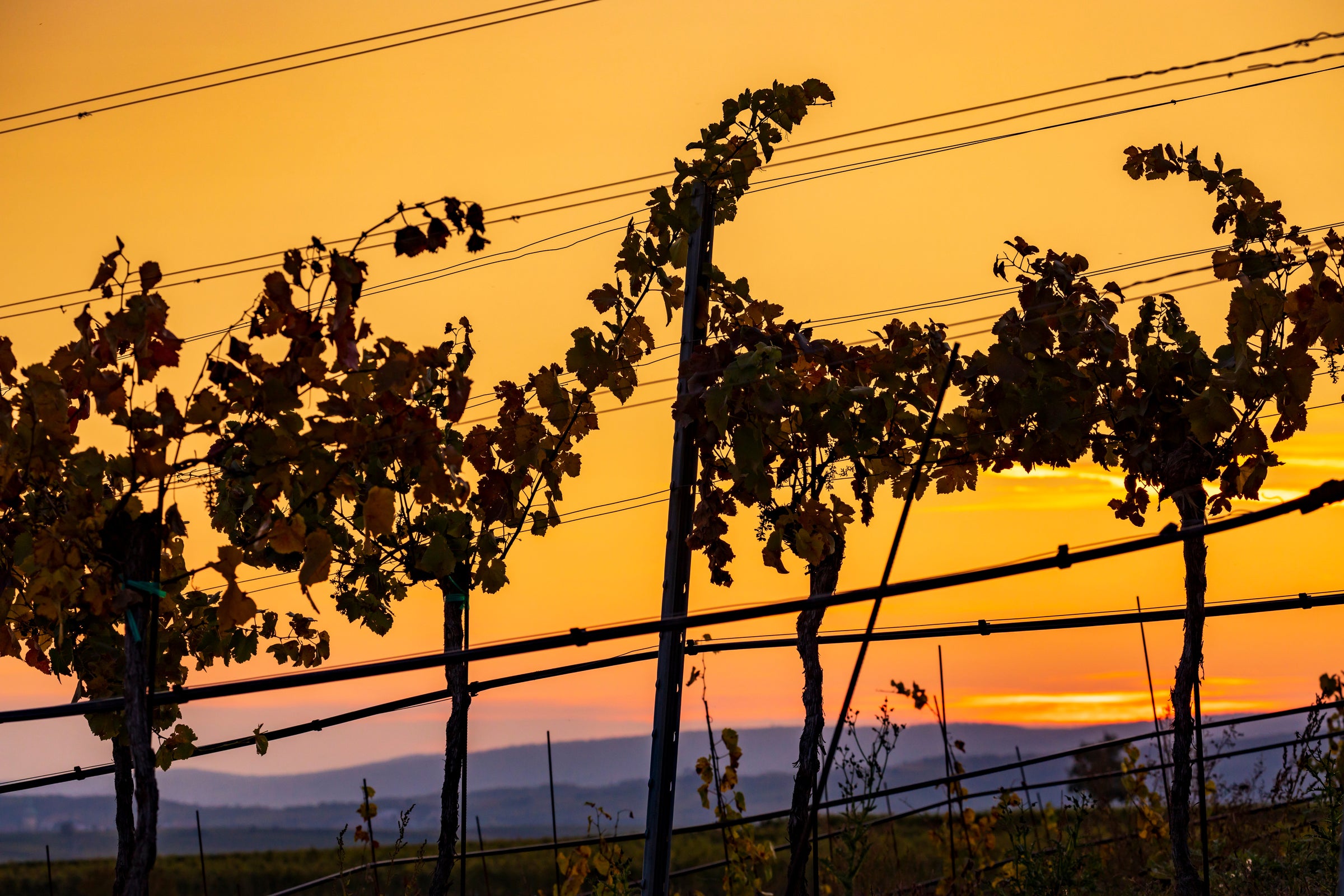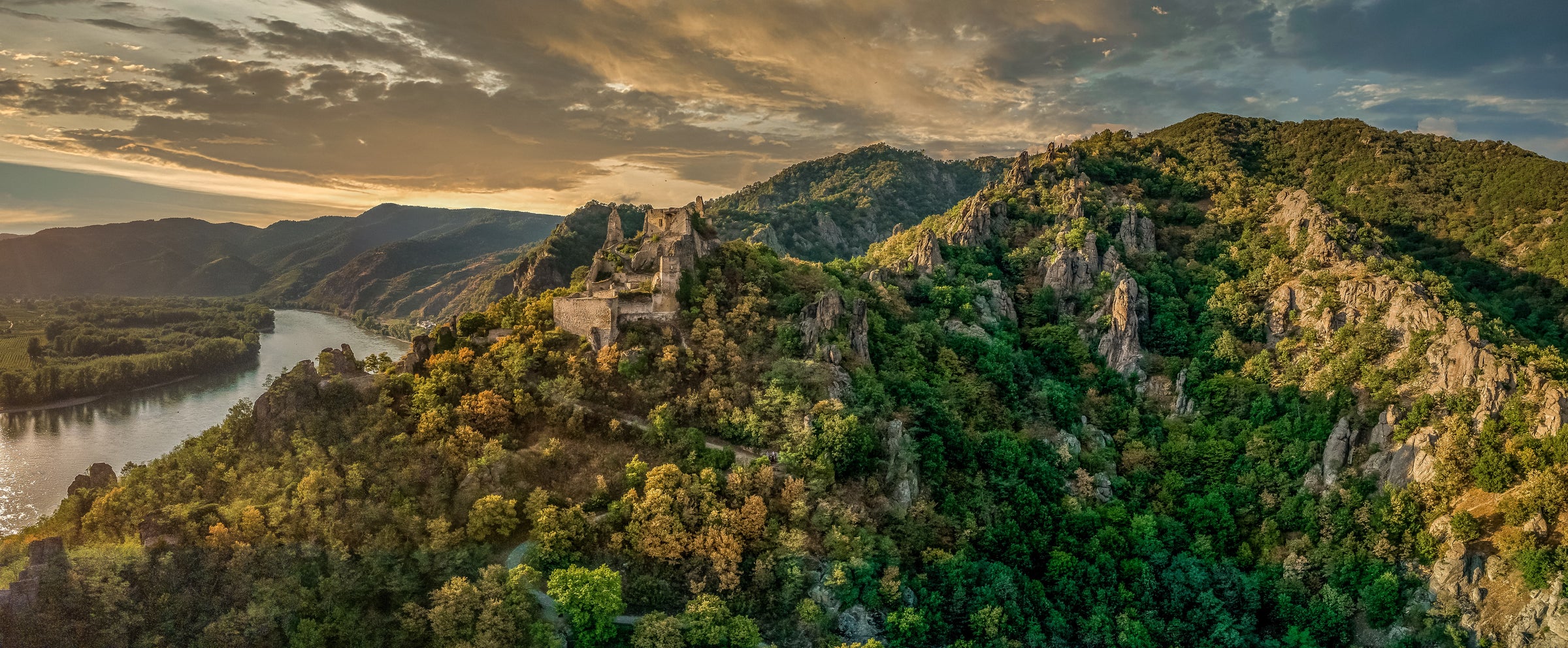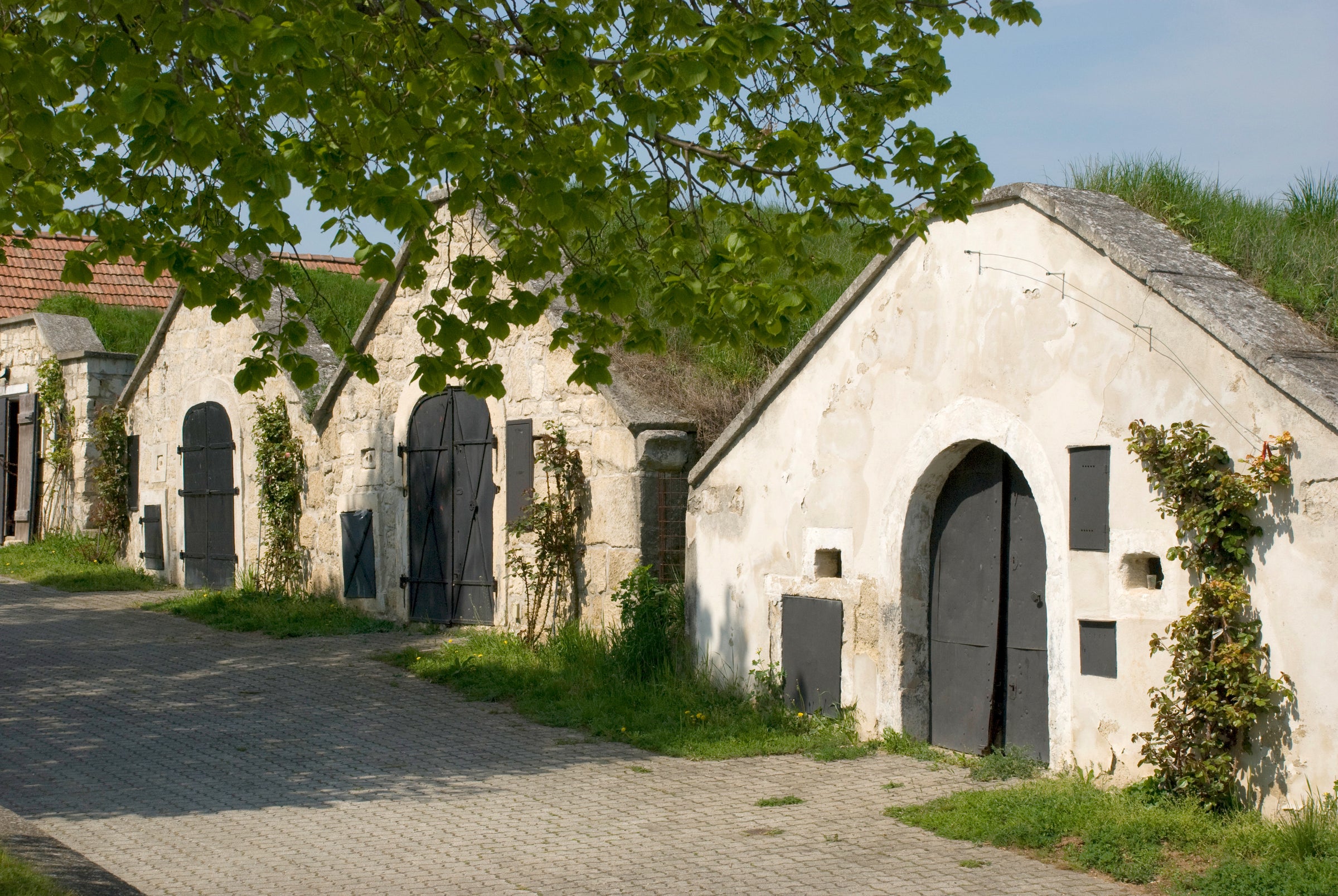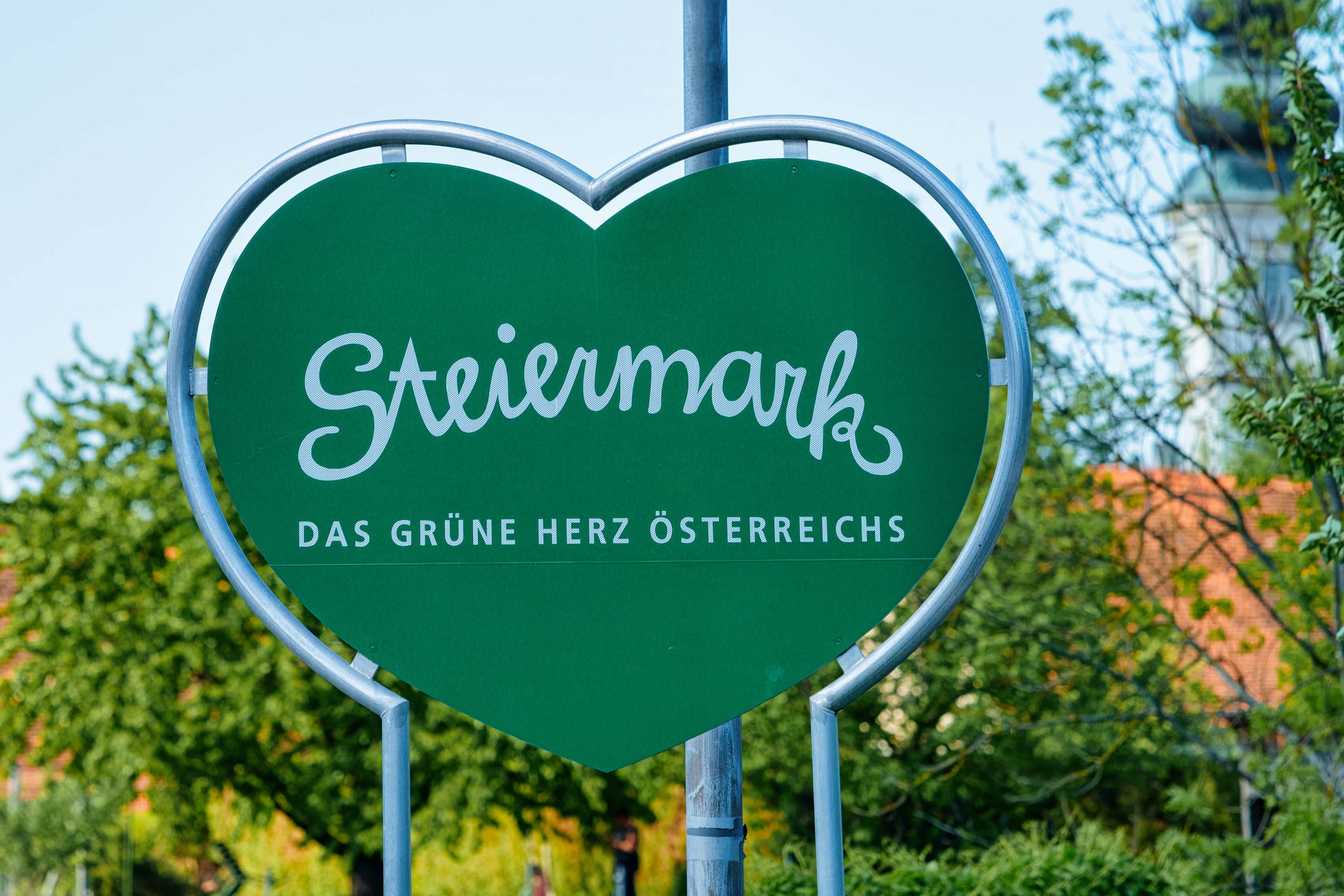Richard Walzer is the quintessential off-the-grid winemaker. He’s probably the best producer of Grüner Veltliner you’ve never heard of, unless you snatched up our first Walzer offering last year—which had many of you clamoring for more.
We answered your call and upped the ante: Today’s limited Grüner is from the First Growth site of “Gebling,” and it’s one of the most sublime, creamy, and infinitely precise Grüner Veltliners imaginable. Hogged by Europe’s wine intelligentsia and nearly impossible to find in the United States, this is Walzer’s top wine and your one chance to see what the craze is all about.
Walzer isn’t an estate with a storied history; it isn’t manifested by nine generations of farmers with an inheritance of old vines and an ancient cellar. Richard Walzer is a self-made, nearly one-man show. He is only assisted by his partner, Petra, who manages the office work; his mother, Lucia; and several part-time aunts and uncles who assist in the vineyards. The son of a vintner, Walzer left his family business to start his own winery in 2003 with barely an acre. He has since built that number up to a respectable 10. His newly built cellar in Krems-Gneixendorf is in the upper right chamber of the Kremstal, which is defined by its deep loess soils, extended growing season, and opulent styles of Grüner Veltliner. Here, in the “East Side” of the Kremstal, Walzer has carved-out his niche, farming sustainably and using a minimalist cellar approach to make incredibly deep, endearing expressions of Grüner.
Gebling (or Geppling) is the mightiest site in the eastern Kremstal, admired for its bottomless loess (silt) and warm aspect. At more than 800 feet above sea level, it is a steep terrace of old vines, which line the hillside from east to west. Facing directly south, “Gebling” Grüner absorbs the ripe afternoon sun, fleshing-out its flavors of prickly green and peppery into those of more savory and sweet notes: wild mushroom, candied ginger, stone fruits, and preserved citrus. Walzer does not lean on breathable oak or extended lees contact for concentration. Berries are kept intact with their stems, which gently pinch the skins and release the purest juice. Fermentation and aging occur in clean steel, which locks in the power of Gebling and the late harvest of 2017 (which ended October 25th).
Believe it or not, wine glasses designed for Grüner Veltliner exist. But, if you’re like me and don’t have any, an all-purpose or Riesling stem will do the job nicely. In the glass, a light yellow core rolls into silver and green, with medium-plus concentration emitting a star-bright hue. In terms of aromatic intensity, Grüner commonly gets placed in the middle of moderate and moderate-plus, but Gebling is anything but moderate. It is fragrant and explosive, an organized chaos of colorful minerality, fruit, herbs, and spices. Peach, apricot pit, and pink citrus blend with whiffs of white pepper and dark green earth that serve to enhance the palate. The wine is bountiful, with a plush creaminess that hits every taste bud. The acidity isn’t shy, either: it enlivens the senses, allowing the wine to sail into a buoyant, extra-long finish. Walzer’s whole range is impressive, but “Gebling” stands alone; its complexity and ripeness blended together in an endlessly spinning pinwheel of flavor and vitality. Use its power to your advantage and choose richer types of poultry (the darker the meat, the better!). While I love duck and quail with bigger styles of Grüner, they don’t exactly scream “Tuesday night dinner” like delicious, easy-to-make chicken thighs. This hearty recipe is perfect for sharing, so gather your closest friends and experience the magic of “Gebling!” Cheers!


